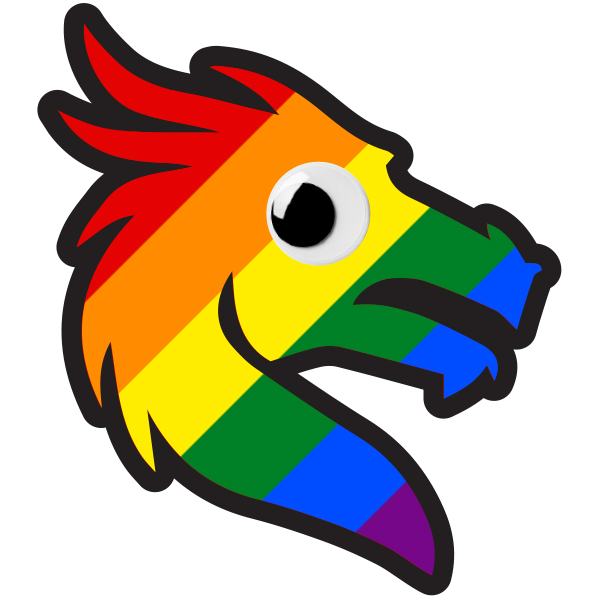As always, the real cursed item is in the replies
- 0 Posts
- 4 Comments

 0·13 days ago
0·13 days agoOwls don’t weigh 16 pounds (except for fat owls). 300 kilowatts is a rate of energy, not a total quantity of energy. 300 kilowatt hours (which is possibly what they meant?) Is only around 260,000 kilocalories (which is called “calories” on food labels because units of measure were made up by humans). According to an extremely naive google search, that would only take an owl 5 years to consume, rather than 10. If the original number were correct, that would mean this owl eats 8,000 calories per day. Which is not typical.
Onto the broader point, the efficiency of birds in flight is not as simple as this image suggests. There is no (useful) formula that takes the weight of a bird and the distance it will fly and tells you how many calories that takes. Birds can fly at different elevations, at different speeds. They can fly with or against the wind. They can change many things about how they fly to be more efficient or less efficient.
If you really want to know how many calories it takes for an owl to cross the ocean, first get the owl to the point of starvation, then bring it on a boat to the middle of the ocean. Feed it a fixed number of Tootsie pops, then sink the boat. With nowhere else to land, the owl will be forced to fly to shore. Based on how far the owl makes it, you can determine how far each tootsie pop allowed it to fly, and derive calories per mile from that.

 1·1 year ago
1·1 year agoNeither Lynnwood nor Everett is part of the City of Seattle. There is a separate local government for each of those three areas, with separate people setting a separate agenda, prioritizing separate resources.
The government of Seattle cannot install cameras in Everett to increase safety there (or even for fundraising).

My most frequent breakfasts are just coffee, or 2 eggs over medium, some kind of meat (spam, bacon, sausage, or steak in that order of prevalence), and some kind of bread (toast, English muffin, biscuit) with coffee. Those options account for perhaps 85% of my breakfasts.
Sometimes (1-3 times per month?) I have cereal and milk. Very rarely, I’ll have fruit and salami.
During the summer, I sometimes substitute iced tea for coffee. During winter, I sometimes have leftovers from dinner the night before. Any time of year, if there’s leftover pizza, I’ll have that for breakfast, cold, with salt and red pepper flakes added.
About twice a year I pull out my waffle maker, and make waffles on a weekend. Every time I tell myself I should do it more often, but every time it seems to sate my craving for ~6 months.